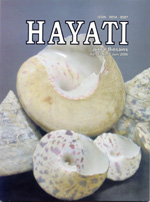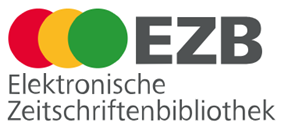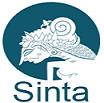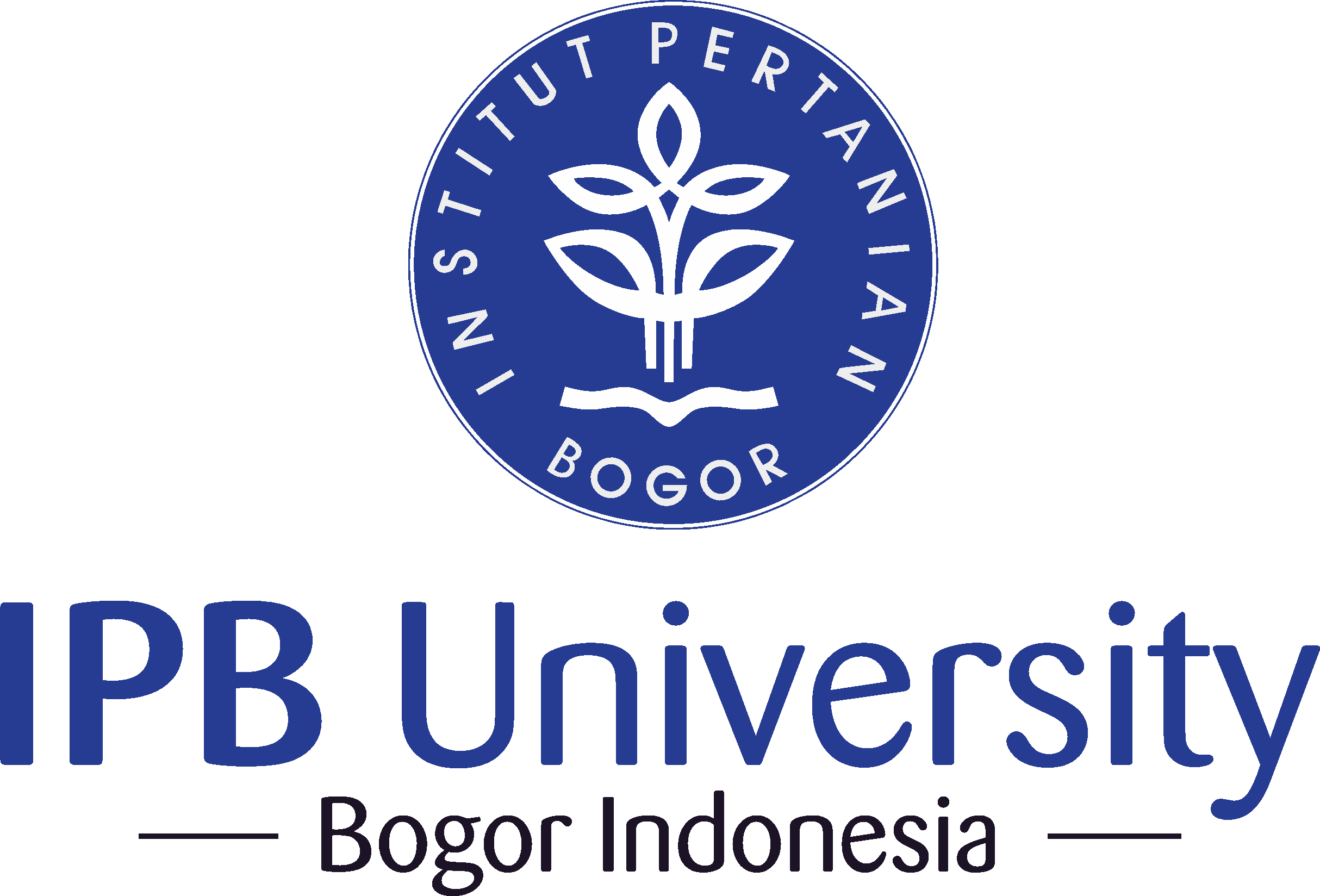Preliminary Characterization of Protease Inhibitor from Bacteria-Associated with Sponge from Panggang Island, Seribu Islands
Abstract
Pathogenic bacteria produced protease that involved in molecular mechanism of foodborne disease. Produced protease involved in molecular mechanisms of foodborne diseases. The purpose of this research was to screen, identify and characterize the potential microorganisms associated with sponge as producer of protease inhibitor. Among 96 isolates examined, four isolates i.e 10A6, 6A3, 9A51, and 1A12 yielded protease inhibitors which were potential to inhibit protease substrates (40-90%). One of the most potential protease inhibitor producer, the bacteria isolate 6A3, was identified as Chromohalobacter sp. Chromohalobacter sp.6A3 produced protease inhibitor with optimum temperature and pH 300 C and 5, respectively. The inhibitor activity was stable when incubated at 400 C for ten minutes or at 300 C for 8 hours.Key words: Bacteria, Chromohalobacter sp., protease inhibitor, screen, sponge
Downloads
HAYATI J Biosci is an open access journal and the article's license is CC-BY-NC. This license lets others distribute, remix, tweak, and build upon author's work, as long as they credit the original creation. Authors retain copyright and grant the journal/publisher non exclusive publishing rights with the work simultaneously licensed under a https://creativecommons.org/


















.png) IPB University
IPB University Department of Biology
Department of Biology The Indonesian Biological Society
The Indonesian Biological Society 

